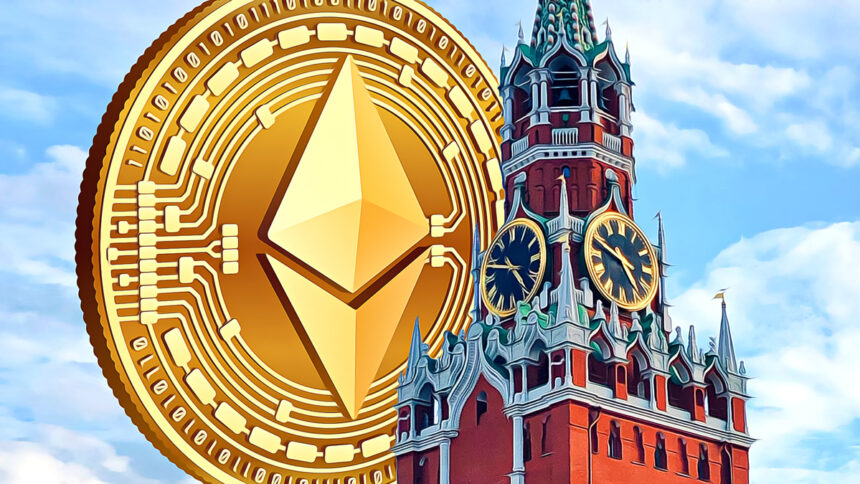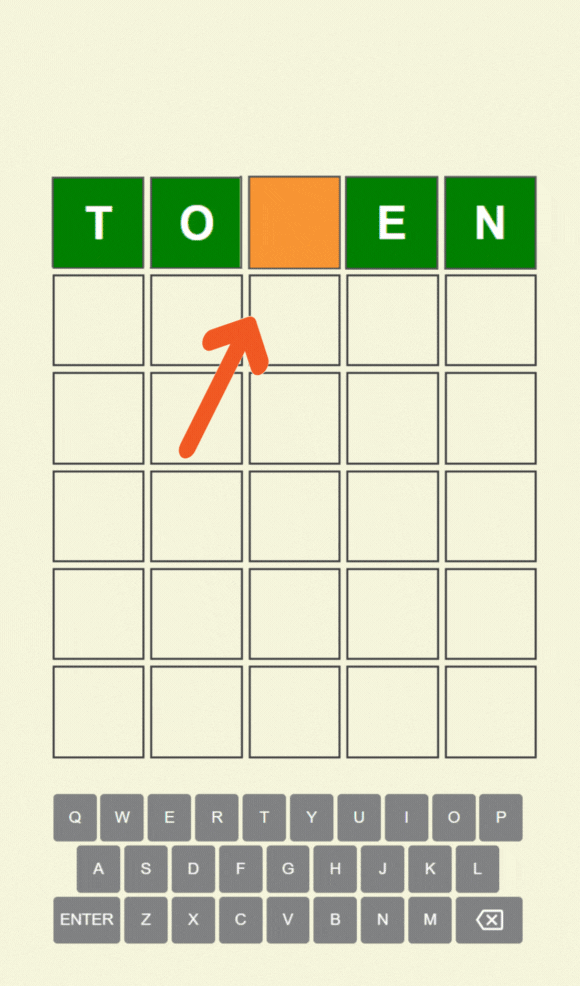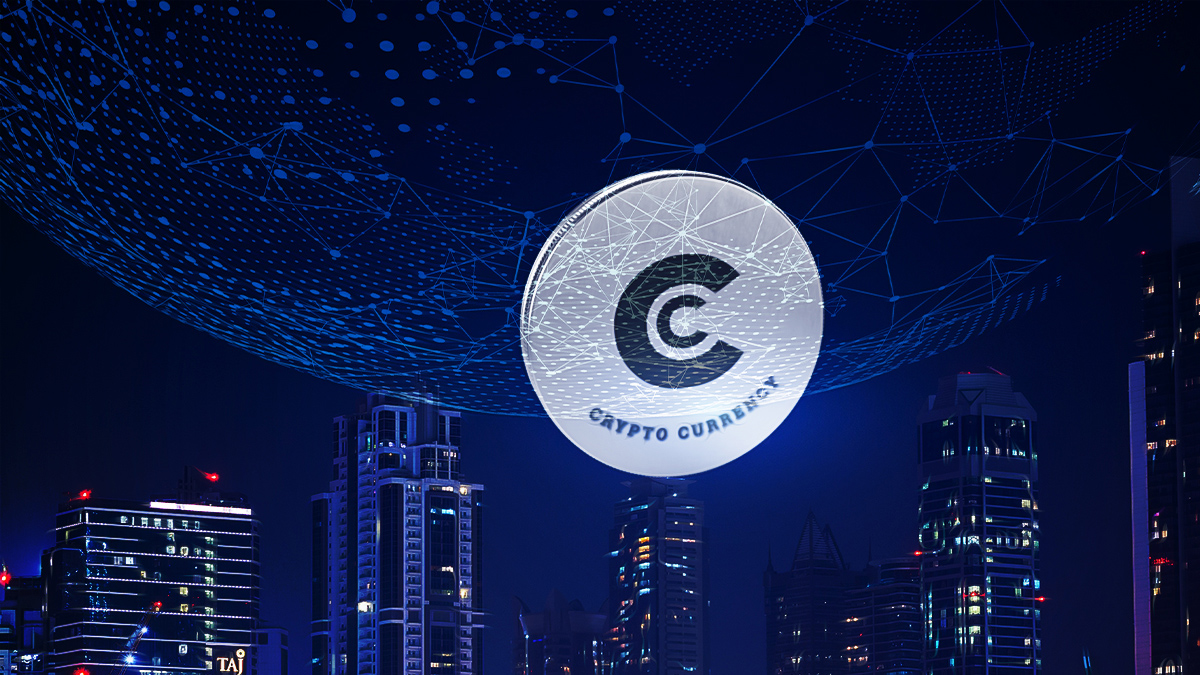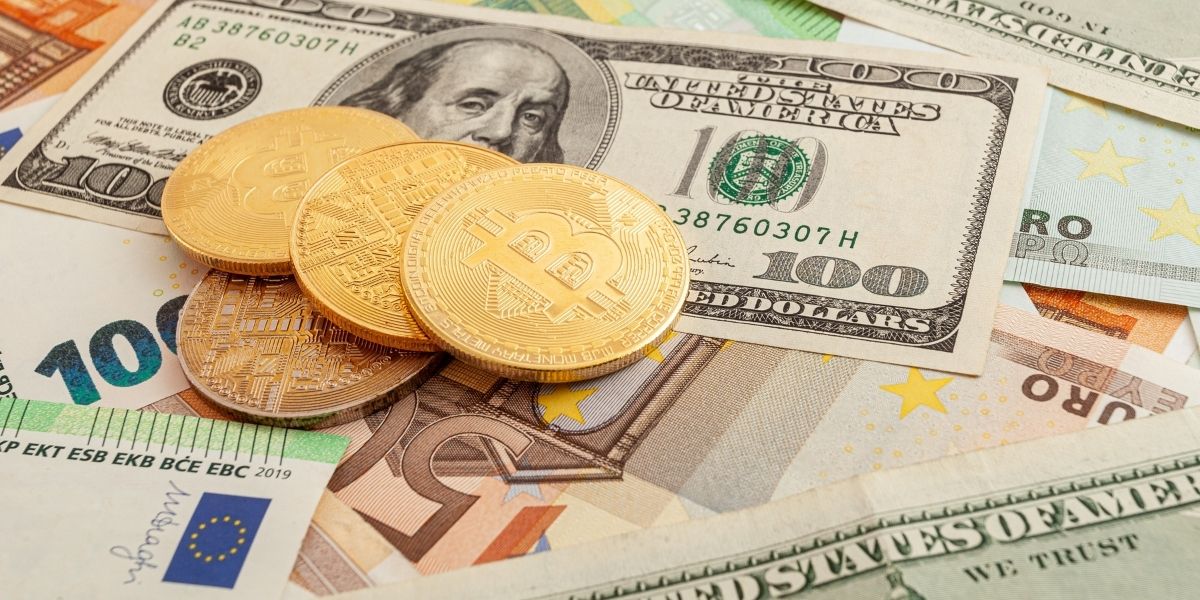Samson Mow, a well-known Bitcoin  $103,730 supporter, recently suggested implementing a rollback for the Ethereum
$103,730 supporter, recently suggested implementing a rollback for the Ethereum  $2,623 blockchain. This proposal emerged after North Korean hackers stole $1.4 billion worth of ETH and stETH through Bybit. Mow argued that reverting the network could facilitate the return of stolen assets and prevent malicious usage of the technology.
$2,623 blockchain. This proposal emerged after North Korean hackers stole $1.4 billion worth of ETH and stETH through Bybit. Mow argued that reverting the network could facilitate the return of stolen assets and prevent malicious usage of the technology.
Proposal for Rollback and Its Justification
Mow stated that restoring the Ethereum blockchain to its previous state could enable the return of stolen assets to Bybit, ensuring the affected ecosystem remains intact. The suggestion has sparked discussions about whether this rollback method resembles those applied during past incidents like the DAO attack.
SAMSON MOW: “I fully support the rollback of the Ethereum network. Returning the stolen ETH to Bybit and preventing these funds from being misused would be the most suitable solution for the entire ecosystem.”
Technical Details and Ongoing Debates
Rollback processes in blockchain involve canceling confirmed transactions and restoring the network to a specific past state. Mow mentioned that during this process, the network could be reorganized, humorously suggesting it could be renamed “ETHNK.” Additionally, discussions surrounding these ideas have included exchanges with Vitalik Buterin.
SAMSON MOW: “When discussing the rollback method with Vitalik Buterin, it is best for everyone to stop making ETH transactions. It seems logical for the recovered network to retain the ETH name, while renaming the current chain to ETHNK.”
Rollback processes are among the old methods used against past security breaches. This method aims to cancel erroneous transactions by reverting the Ethereum network to a specific timeframe.
Although the proposed rollback is known to be practically unfeasible, it has been brought up in a mocking context. The backlash during the DAO era regarding a rollback was significant, as it was viewed as a betrayal of the blockchain’s philosophy. While this incident has been largely forgotten in today’s climate, executing a rollback poses considerable technical challenges and could severely damage trust, especially in discussions surrounding real-world assets (RWA).
The potential impacts of this development on the industry are being scrutinized closely, particularly concerning chain security and system integrity. Stakeholders and experts are carefully considering all aspects of the issue to make prudent, informed decisions.

 Türkçe
Türkçe Español
Español









